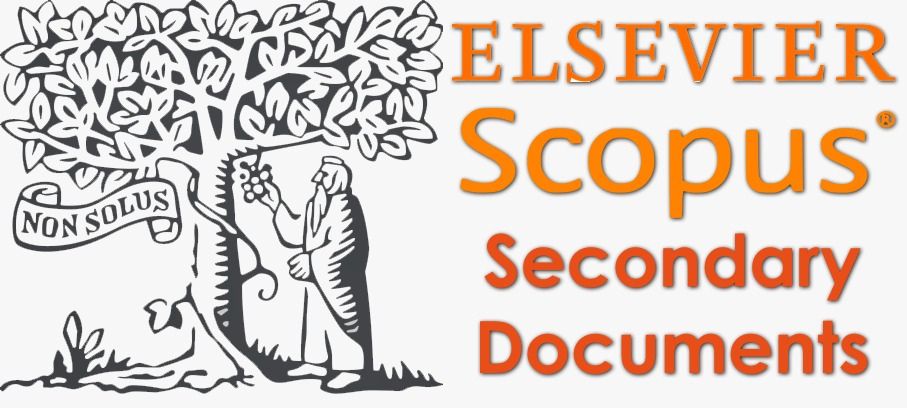ROTHSTEIN CODE TRANSFORMATIONS AS A DIGITAL OPTICAL SCALING METHOD
DOI:
https://doi.org/10.15282/ijsecs.6.2.2020.2.0071Keywords:
Rothstein Code, interpolation, data transformations, optics, photonsAbstract
The Rothstein code data transformation method is a largely forgotten and underutilized method originally theorized from optics and retinal recruitment. The code is a binary representation of the slope of a line or scaling factor and can transform data and images similar to matrix multiplications except with built-in interpolations. The theoretical validation of the method presented in the original publications is complex. The purpose of this paper is to borrow from quantum theory and dual nature of light, particle and wave, to simplify the theoretical understanding. With this understanding, the method becomes more intuitive in the example applications that follow. These application examples include digital resampling of data for signal processing applications, examples for matrix scaling such as for the management of discordant data sets, and for image processing.
References
Bueche, F.J. (1975). Reflection and Refraction. Introduction to physics for scientists and engineers. New York: McGraw-Hill,
-607.
Einstein, A., Infeld, L. (1938). The evolution of physics: the growth of ideas from early concepts to relativity and quanta.
Cambridge University Press.
Dagher, A.P. (1985). Applying a Computationally Simple 2-D image transformation algorithm for digitized pictures. COMPINT
Computer Aided Technologies, Montreal Canada.
Dagher, A.P. (2020). Rothstein’s code transformations for discordant datasets: matrix operations. International Conference in
Mathematics, Computer Engineering & Computer Science (ICMCECS2020).
Dagher, A.P., Ptak T. (2019). Resampling of data with Rothstein's code for the slope of a line. Fourth International Conference
on Advances in Computational Tools for Engineering Applications (ACTEA), Beirut, Lebanon, pp. 1-4.
Dagher, A.P., Ptak T. (2019). Resampling of data with Rothstein's code for the slope of a line. Fourth International Conference
on Advances in Computational Tools for Engineering Applications (ACTEA), Beirut, Lebanon, pp. 1-4.
Greiner, W. (2001). Wave aspects of matter. Quantum mechanics: an introduction. Springer. 32-35.
Schneider, P. K., Eberly, D. H. (2003). Geometric tools for computer graphics. Morgan Kaufmann. 98-104.
Snyder, A., Mackie, T.R. (1990). Continuous antialiased 2-D and 3-D transformationsin discrete space, Computational Physics,
,78-82.
Weiman C.F.R. Rothstein, J. (1972) Pattern recognition of retina-like devices. Computer and Information Science Dept., Ohio
State University, OSU-CISRC-TR-72-8, 154.
University, OSU-CISRC-TR-72-8, 154. Weiman, C.F.R. (1976) Highly parallel digitized geometric transformations without
matrix multiplication. Proceedings of the 1976 International Conference on Parallel Processing IEEE, 1-10.
Weiman, C.F.R., Rothstein J. (1976). Parallel and sequential specification of a context sensitive language for straight lines on
grids. Computational Graphics and Image Processing, 5,106-124.
Downloads
Published
Issue
Section
License
Copyright (c) 2020 Azar Peter Dagher

This work is licensed under a Creative Commons Attribution-NonCommercial 4.0 International License.







